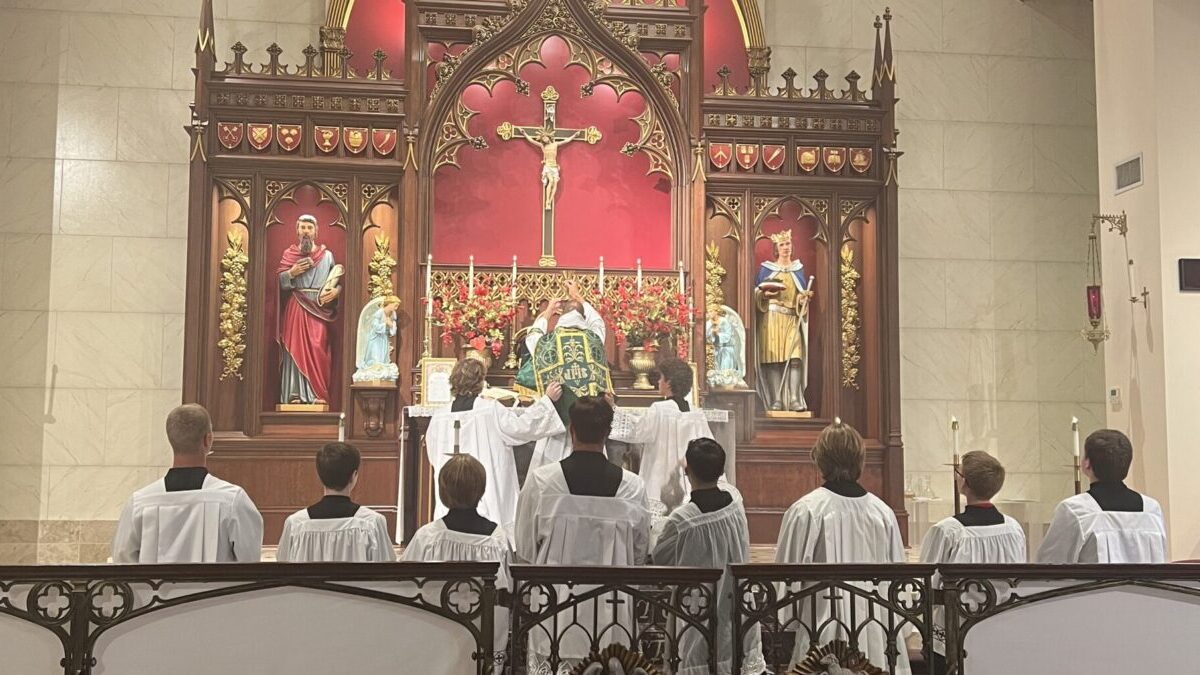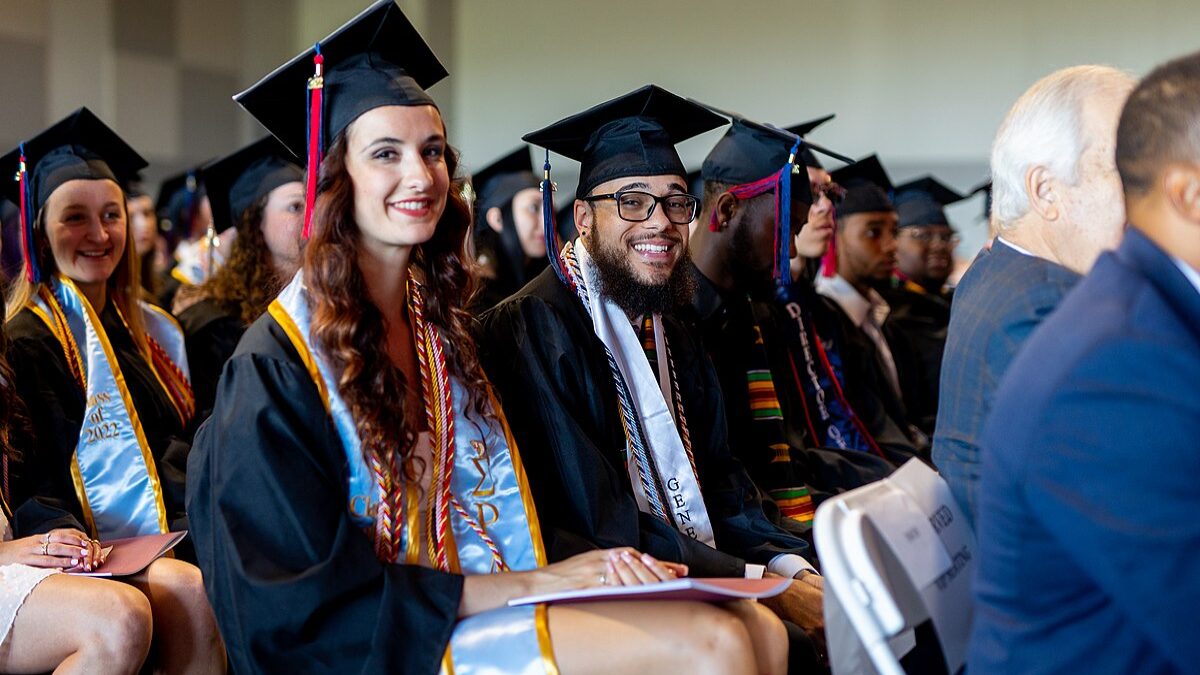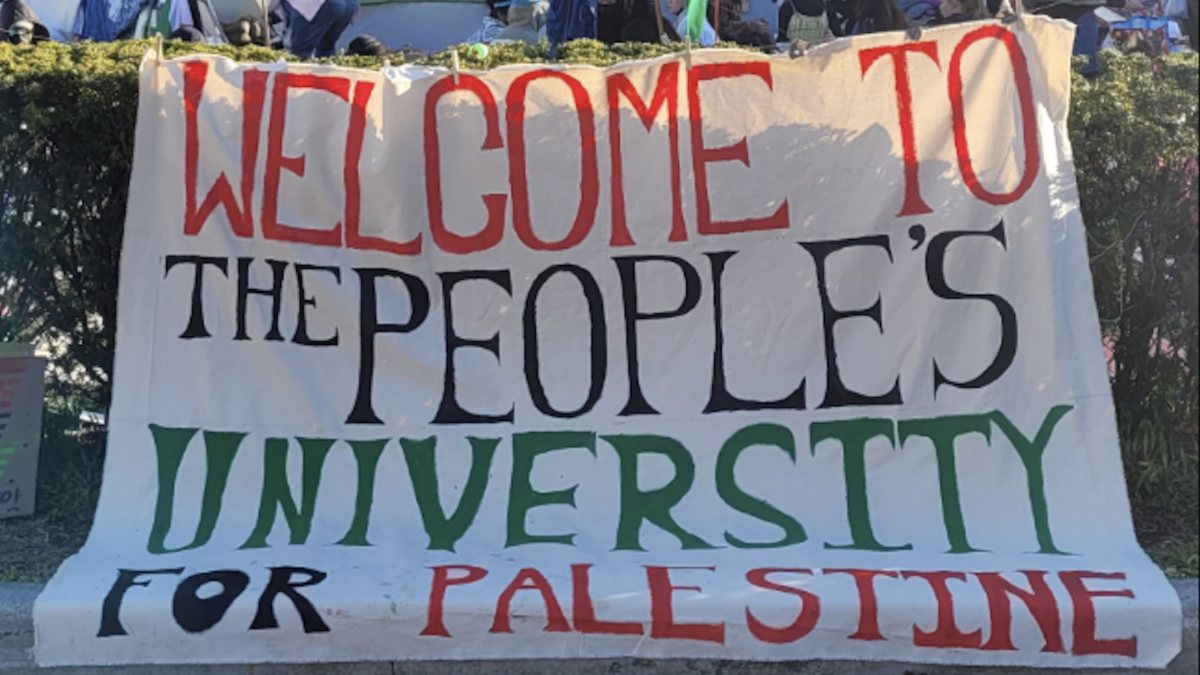It has been months since more than a dozen parishes in the St. Louis Archdiocese submitted appeals to the Vatican in the hopes of keeping their doors open, and now Rome has agreed to hear the appeal of two parishes: St. Elizabeth Mother of John the Baptist Parish and Sts. Philip and James Parish.
Back in May, St. Louis Archbishop Mitchell Rozanski announced that 178 individual parishes are being consolidated into 134. The archdiocese is also preparing to assess the future of nearly one-third of its elementary grade schools. The archdiocese cites declining attendance in weekly Mass and a shortage of priests as reasons for the restructure.
The Catholic population in the Archdiocese of St. Louis has fallen below 500,000 for the first time since the 1960s. This is unsurprising, considering that in the past decade, the percentage of millennials claiming no religious affiliation has grown from 27 percent to 40 percent. This is a terrible statistic for a Catholic archdiocese that was once called “the Rome of the West” in recognition of its place as the epicenter of Catholicism in the American West. Now the “Rome of the West”— built by French, Irish, German, and Italian immigrants — is dying out, as baptism and marriage rates in the archdiocese are half of what they were just 20 years ago.
Scandals and Consultants
Rozanski has served as archbishop of St. Louis since August 2020 and previously served as Archbishop in Springfield, Massachusetts, where he was accused of covering up sexual abuse allegations against a former bishop and was named in a lawsuit. And back in June, the Archdiocese of St. Louis paid $1 million to settle a lawsuit involving an alleged sexual abuse incident from the early 1990s.
Dealing with financial restraints and priest shortages, the St. Louis Archdiocese hired the Catholic Leadership Institute two years ago for consultation in planning the diocese’s future. The consulting firm initiated an anonymous survey of the parish and received more than 70,000 responses. The archdiocese also hosted 350 listening sessions.
Closing a Thriving Parish
As a result of all those meetings and focus groups, St. Barnabas, a growing Traditional Latin Mass parish with children consisting of 35 percent of the congregation, zero debt, and a pastor who is not a part of the archdiocese, and therefore not taking away priestly resources from any other parish, was ordered by the archbishop to shutter its doors.
St. Barnabas has been subsumed by a parish less than two miles down the road called Assumption. This means that the Assumption parish will take control of St. Barnabas’ building, territory, and finances, including the nearly $600,000 in St. Barnabas’ bank account, in accordance with Canon law. Right now, the Assumption parish is running a deficit of more than $500,000 due to renovation expenses, which can be paid down once it gains control of St. Barnabas’ funds.
Now with St. Barnabas closed, anyone looking to attend a Latin Mass will have to drive more than 30 miles into the city to the Oratory of Sts. Gregory and Augustine’s or St. Francis de Sales — a trek that parishioner Susan Cooke said her 89-year-old mother couldn’t make.
“It’s sad to lose St. Barnabas itself,” Cooke said. “You know the property, it’s terrible that we’re going to be losing that, but it’s even more terrible that we won’t have a Latin Mass in St. Charles County anymore.”
In his decree letter, Rozanski cited St. Barnabas’ celebration of the Latin Mass according to the Roman Missal of 1962 as being in violation of orders from the Vatican.
“The faithful who prefer such celebrations of the Holy Eucharist have become the greater part of the worshiping assembly at Saint Barnabas Parish, and Pope Francis by motu proprio Traditionis Custodes art. 3 has instructed that territorial parochial churches are not suitable for such celebrations,” the decree stated.
Traditional Latin Mass Revives Church
However, St. Barnabas parish only became a center for the Traditional Latin Mass because of a decision made by the archdiocese itself in 2021 when the parish’s old pastor, Father Raymond Hager, retired without leaving any replacement. At the time, St. Louis Auxiliary Bishop Mark S. Rivituso sent a letter to the parish stating that a new full-time pastor would not be assigned and that only one Mass would be offered, which would be the Traditional Latin Mass. This move seemed to indicate the archdiocese’s desire to sunset the parish by not replacing its priest.
Instead of seeing the parish die, the Latin Mass at St. Barnabas attracted more and more families from surrounding areas.
In September 2022, Ryan Murphy, St. Barnabas’ director of music, went in search of a parish priest for St. Barnabas without the help of the archdiocese, which had basically abandoned the parishioners there. Murphy eventually found a Benedictine monk, Fr. Linus Dolce, to become the regular priest for this Traditional Latin Mass parish.
“So, he’s sort of on loan from the St. Louis Abbey,” Murphy said. “They said, ‘Yeah, you can go there if you want. If you want to help them out, that’s totally fine.’ The archbishop agreed to that too. But what’s notable about that is that we’re not taking any priestly resources from the archdiocese.”
With their new Benedictine monk Fr. Dolce, St. Barnabas introduced two more weekend Mass times and a daily Mass. This year, the average attendance at its Latin Masses is 283 at both Sunday services — filling the church to 80 percent capacity. Since Oct. 1, 2022, St. Barnabas’ church attendance has gone up by 34 percent, according to Murphy.
Using Old Data to Close Church
Archbishop Rozanski’s decree in 2022 to St. Barnabas Catholic Church painted a bleak picture of the parish, claiming that the parish had 144 fewer Catholic households than it did in 2013. It also stated that the parish averaged five baptisms and 10 funerals annually for the past five years. In addition, 59 percent of Catholic households in St. Barnabas’ territory were registered parishioners of the Assumption parish.
But St. Barnabas’ parishioners argue that these statistics do not factor in the new life in the parish since it became a Traditional Latin Mass community three years ago.
In addition to being targeted by Pope Francis, the Traditional Latin Mass community has garnered scrutiny from the Federal Bureau of Investigation. Leaked documents from early this year reveal that the bureau was surveilling Traditional Latin Mass-goers and had labeled them “Racially or Ethnically Motivated Violent Extremists.”
Plans for Converting to a Spanish-Language Parish
Archbishop Rozanski declared that the former site of St. Barnabas will be turned into St. Juan Diego, a solely Spanish-language parish. According to Shea, this new ministry will “provide a full spectrum of parish ministries and services to Spanish speaking Catholics.” The parishioners of St. Juan Diego will be paying rent to Assumption parish.
Some question if this Spanish language-only parish will stay afloat. According to U.S. Census data, only 4 percent of the population in St. Charles County is Hispanic. And the archdiocese already has four parishes that serve the Hispanic community with Spanish-language Masses as well as English-language Masses: St. Charles Borromeo in the city of St. Charles, St. Patrick in Wentzville, Holy Rosary in Warrenton, and Sacred Heart in Troy. However, Archbishop Rozanski sent decree letters to these four parishes in what appears to be an effort to encourage their Hispanic members to attend St. Juan Diego parish instead.
The creation of Spanish language-only parishes has been a point of contention in the Catholic Church for decades. The Los Angeles Archdiocese possesses the largest Hispanic population in the United States and serves them all without a single Spanish language-only parish. That’s because a study conducted by the National Conference of Catholic Bishops over 20 years ago found that creating multicultural parishes was key to integrating Latinos into the church community.
Waiting for Word
Jason Bolte, a former parishioner of St. Barnabas, is still waiting to hear back from the appeal he wrote on behalf of St. Barnabas. He created the organization Save Rome of the West to help write appeals for shuttered parishes.
“We, the lay faithful, have a right,” Bolte said. “It’s our blood, sweat, and tears that went into the construction of those buildings. It’s everything that we’ve poured into generations of baptisms, funerals, weddings, all the stuff has gone through these doors, and a lot of that is being supported financially by us.”
This isn’t just happening in the Archdiocese of St. Louis. The erosion of tradition and community is occurring in cities like Springfield, Massachusetts, whose archbishop shuttered a 185-year-old church built by Irish immigrants in June. It’s happening in the Archdiocese of Chicago, which is consolidating 344 parishes into 211 through its “Renew My Church” initiative, and it’s already happened in Cincinnati’s “Beacon of Light” plan, in which 208 parishes were consolidated into 57 parishes last year.
Leadership has disguised all these church mergers and closings as aiming “towards vital, mission-driven parish life.” And next July, the Archdiocese of New Orleans will be shuttering 13 parishes amid the archdiocese facing financial pressure from a $100 million sex abuse settlement.
An End of a Traditional Era
Attending St. Barnabas in O’Fallon, Missouri, gave parishioners the opportunity to step back in time by 60 years and embrace the traditional celebration of Mass. The women of St. Barnabas’ congregation embraced humility, wearing long skirts and veils to cover their hair. Meanwhile, modern Christian churches are embracing woke ideology, proudly flying the pride flag on the sides of their buildings.
The archdiocese painted a bleak picture of dwindling church attendance, but at Sunday Mass the pews of St. Barnabas were filled with small children, with some mothers having as many as five by their side.
The answer to restoring the Catholic Church’s flock looks to be achieved by rejecting modernity and embracing tradition, but sadly the archdiocese failed to protect the thriving traditional parish of St. Barnabas. It is now up to the Vatican to decide the fate of St. Barnabas’ appeal.









